Do you like my new blog look? It’s taking me a bit of time to get used to looking so fancy. I hope you like it.
I’ve not written about honey on this blog, but I have a picture of one of the hives on my header. I like bees. When I was a child, I caught them in jars and I’d relocate them to a flower (as if they needed to move to a better flower!) Since honeybees are under stress and dying, a term called colony collapse disorder, it’s gratifying to be a beekeeper working to keep them healthy and productive. Our food supply must have honeybees, and no one is more capable of returning the bees to a healthy population than small beekeepers–especially in rural areas.
Here’s a picture of my sunflowers which are very close to the hives. This was taken yesterday, and they are late in blooming but currently are over 7 ft. tall…the bees will love them and what a nice view of Clinch Mountain they’ll have while they are working. Mendota is perfect for bees…plenty of water, quiet place to live, lots of diversity in their diet, and very few pesticides…these are happy bees!
My brother-in-law robbed the bees yesterday, and we extracted honey this evening. In this picture, I’m getting ready to return to a couple of the hives and replace the supers.
If you look closely, you’ll see the supers on the back of the golfcart. I had planned on returning to the hives and putting the now-empty supers back where the bees could begin the process of cleaning them and making more honey. I did get one installed. The second one did not go so well, as space was tight and I had to work in front of the bees which they do not like. They began “boiling” out of the hives (yikes) and they chased me and managed one little sting even through the protective clothing. Ouch. I got the message and decided not to tackle them alone. It takes two to work fast and efficiently while in an apiary…even a small one. It also helps to be armed with sugar water and a smoker.
Back in the garage where we’re doing the extraction…
Here’s a few photos of the extraction process which is typical for small honey producers. This picture is what is call a “super” fresh from the hive.
This super is full of honey and there’s bits of beeswax everywhere…it weighs well over 60 pounds. The bees have built honey around each frame and it’s hard to dislodge the frames. Once a frame is dislodged, we then “uncap” the honeycomb so that the honey can flow more freely when inside the extractor. We use a heated knife for this process.
Our honey is fairly dark, but that is good — the darker the honey, the more antioxidants. Very refined honey…what is sometimes sold in big box stores…is usually not local and it is very light. It’s been heated several times. Bad!
Look at this one…those girls have been in the blackberries for sure…
While that frame is very dark, most will be lighter. The honey will blend together and form a nice amber color. Since we don’t heat the honey–it can look a bit cloudy at times. That’s good…as heating removes some of the healthy properties honey provides. (I keep droning on about that…but it’s important…I cringe when I see honey in Walmart and other places from whoknowswhere and it’s all light and clear…it’s essentially sugar syrup.) Raw honey is very healthy.
Once we have uncapped nine frames, it’s time to put them in the extractor which I think looks like part of a steel. I promise we are not making white lightening here! We then manually turn the extractor and it will spin out the honey.
Oh who is that lovely person that still needs to lose 20 pounds? (Used to be 30 pounds…I’m on it!!)
Look inside the extractor at the nine frames full of honey.
We crank the wheel which spins the extractor and slings the honey out of the frames and then down into the belly of the unit. There is a spigot at the bottom which allows the honey to flow into a double screened sieve into a sanitized five-gallon bucket. It’s a manual process, and this morning I have a big blister from turning the hand crank. We may buy a motorized extractor if we stay in beekeeping.
That bucket weighs a lot! Honey is heavy…a 16 oz. jar holds about 20 oz. of honey if you place it on the scale.
We fence our hives since there are so many predators such as skunks, raccoons and even bears. Lately a couple of fawns have been playing in front of the hive, but we don’t mind them.
Today the honey we extracted is sitting in a cool spot and the air bubbles are settling. We’ll be putting it in individual jars later in the week. I’ll take you along.
Plans for today are being created by nature. I went out to the corn this morning and I’m sure I heard Mr. & Mrs. Corn whisper they were about ready to leave if I do not pay them some attention.
![]()

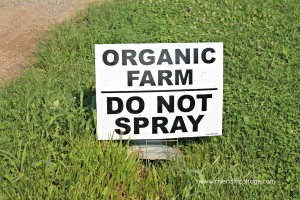
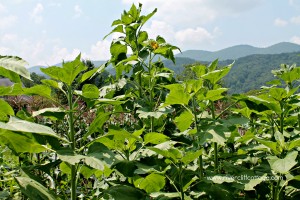
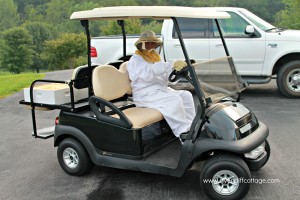
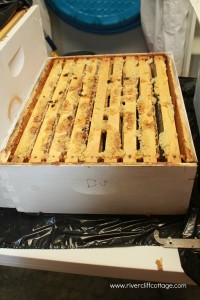
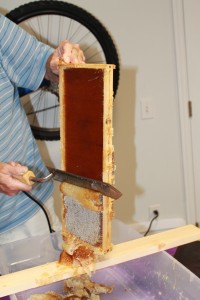
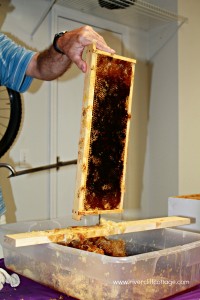
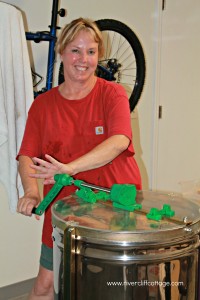

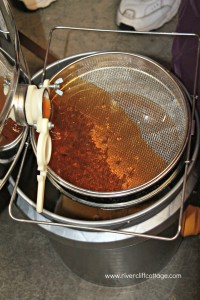
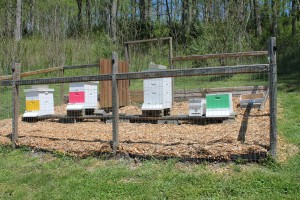
I enjoyed the steps you take with honey production.
Thank you! We started at 4 pm and were at it until 9 pm. Did Delaney have a good visit? I looked for you off and on Saturday…I have CORN!!